It’s that time of year – when coatings manufacturers invite us to their showrooms for their color shows. PCI and FT recently attended both BASF and PPG’s events, which introduced global color trend data, as well as dozens of new colors for car stylists and manufacturers.
White Still Reigns
PPG Industries’ automotive color trend data shows that white continues to be the most popular car color globally based on 2013 automotive build data. According to PPG’s global data, white ranked first (up 3 percent from last year to 25 percent), and silver and black tied for second (18 percent each). These were followed by gray, red, natural hues, blue and green, all of which maintained the same share of popularity as in 2012. In North America, white remains most popular (21 percent), followed by black (19 percent), gray (17 percent), and silver (15 percent). These were followed by red, blue, natural hues and green.
In South America, however, silver leads in popularity (33 percent), followed by white (29 percent), black (13 percent), gray (11 percent), red (8 percent), natural (3 percent), blue (2 percent), and green and other colors (1 percent total).s
According to Jane E. Harrington, PPG Manager, Color Styling, Automotive OEM Coatings, white is becoming a more interesting color, with a growth in the variety of whites being offered. “Car manufacturers are seeking ways to create variations of white, silver, black and gray that are specific to their brands and that complement different vehicle types. Distinct effects such as micas, glass flakes, fine bright aluminum and hue-shifting pigments help them achieve this,” she said.
North American Trends
In its research across North American vehicle types in 2013, PPG found that:
- Sport models are most likely to feature shades of red and blue;
- The largest percentage of gold and beige vehicles is in the minivan segment;
- Luxury vehicles, 57 percent of which were gray in 2013, are most likely to feature effect finishes in black metallic and white pearl; and
- Color varies most across sport utility vehicles (SUVs), with relatively equal distributions finished in shades of white, black, blue, red and gray.
Looking ahead, Harrington said drivers may see more blue in 2014 models. PPG’s data has shown increases in the popularity of blue for certain regions and vehicle types, such as an increase in North America this year and more than double the popularity in sport models there between 2011 and 2013.
PPG’s 2016-2017 Automotive Color Palettes
PPG engages a network of 23 internal color experts with a focus on automotive, architectural, aerospace and consumer products markets. These specialists analyze design trends, consumer preferences and priorities across regional, cultural and global markets to determine factors that will influence future color choices. The new colors and palettes introduced this year for automotive manufacturers reflect developments across all these markets and influences.
In response to the continued demand for color innovation in automotive coatings, PPG has introduced more than 60 exterior shadesto manufacturers for consideration in styling 2016-2017 model year vehicles. Titled “Colorography”, the collection includes five palettes:
- Hi-Breed emphasizes a combination of organic and “man made”, with a palette consisting of neutrals, pastels and bright hues such as Lapis, a brilliant gemstone bluethat uses ANDARO® tint dispersions by PPG.
- Mosaic is based on the craft industry, and the wealth of artisan patterns, shapes and prints, as well as their strong colorations. The palette includes colors such as Autumn, a vivid metallic orange with colored aluminum flake that evokes an image of fall foliage.
- New Spirit reflects the primitive, natural colors of a desert sunset with shades such as Sunray, an intense yellow tri-coat color with a high-sparkle glass flake.
- Magnifigance combines the words magnificent and elegance, and the palette is a re-introduction to luxury. It recaptures elaborate styling details and opulent, regal colors for a post-recession world with colors such as Mystic Magenta, a vibrant purple with a unique hue-shift effect.
- Theorem is a minimalistic, neutral palette that uses rich brown, red and deep blue as accents for balanced neutrals such as Crisp Grey, a graphite color with a surprise highlight of green metallic.
BASF’s Color Trend Report
BASF has also unveiled its annual automotive color trend report, which looks two to three years out, based on research efforts by its team of global color design experts. The theme of the forecast, “Making Headway”, indicates a movement towards more color shades than in previous years, with BASF presenting 65 new colors to automakers and designers around the world.
BASF’s new color offerings demonstrate how new and brighter interpretations of colors with different textures will become increasingly important to designers and consumers as people worldwide strive to highlight individual uniqueness and regain a more “human-friendly” life outside of the digitized world.
“We look to develop color spaces that capture a look that says ‘this is me’,” said Paul Czornij, Technical Manager for the BASF Color Excellence group. “There is so much emotion and psychology attached to color, which makes it an ideal expression of one’s image to the outside world, and it works so remarkably well with car body shapes. You can truly see innovation in action.”
In North America, cool deep and dark tone colors such as blue and brown have been refreshed from their traditional state by changes in depth and brightness. Special-effect technologies, which give colors a three-dimensional quality, and matte finishes, offer a wider range of options. In addition, greens and bright yellowish green hues bring new tools for designers to entice potential car buyers. New areas focusing on texture modification are also gaining interest.
Based on a recent survey conducted by BASF, most North American consumers polled (60 percent) currently drive a neutral color car, such as silver, black or white, but when asked what color offerings they preferred from a selection of new colors from BASF’s trend report, nearly half of the respondents (49 percent) selected a grouping of brighter jewel-toned shades of reds and blues.
“This reflects what our color trend research is showing for color preferences,” says Czornij. “It underscores the preference for optimism and confidence pointing toward a better future.”
Global Trends
BASF has developed color palettes that are specific to each major global region. In North America, there is growing enthusiasm for social responsibility, good character, and traditional values and virtues that emphasize education and courage. The ideal that anything can be achieved through effort has not declined. Ivy League universities, where aspiration thrives, are being evaluated anew as venues for intellectual exploration. The Aspire To palette features cool deep and dark tone colors with the traditional feel have been refreshed by means of depth and brightness. Solid brown, which gives a weighty impression, creates a perennial sense of assurance and stability, evoking feelings of appreciation for the earth.
In the Asia-Pacific region, BASF’s color trend forecast reflects the region’s strong sense of its growing presence on the global stage – with themes of pride in culture and identity, independent from trends in other countries. This palette is titled, With Pride. Neutral colors such as black, silver, gray and white will continue to dominate the Asia-Pacific market, but as original designs and personal style becomes more important to buyers, BASF predicts there will be a gradual emergence of sophisticated intermediate colors, such as olive-greens and bluish grays.
In Europe, where people have been impacted by the economic crisis and changes in energy policy, there is a tendency to move forward rationally and calmly. This region’s palette is thus titled, In Sobriety, and results in a balance between creative, courageous colors such as red and green and calmer, neutral colors such as black and gray. Two colors that represent this shift are Particular Gray, an elegant black color with a subtle fine metallic look, and Fiberphyllic, a bold, yellowish-green offering a more expressive coarse feel.
New Global Color Palettes
BASF has also developed three new global color palettes that reflect the same basic tones and colors, but that differentiate between region. Multiverse is a family of blues and neutral colors, associated with near-future, closed-loop cities using clean energy, help to give us peace of mind about the future. “Space” is represented through a wide range of textures: weighty solid tones, matte finishes and three-dimensional blacks.
Syncopace represents the idea of moving ahead by valuing individuality, while maintaining harmony in society, through natural colors, such as warm and green tones. Subdued tones, such as colored grays and dark colors, are used with unique textures, and bold colors with simple textures.
Dequalize is a colorful but toned-down restful color group. It represents relaxation and taking pleasure. Most of the textures are solid and solid-like.




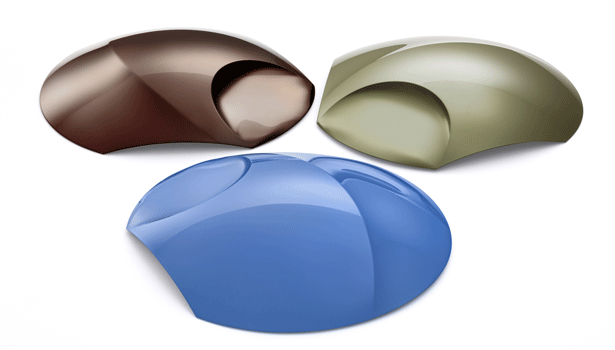
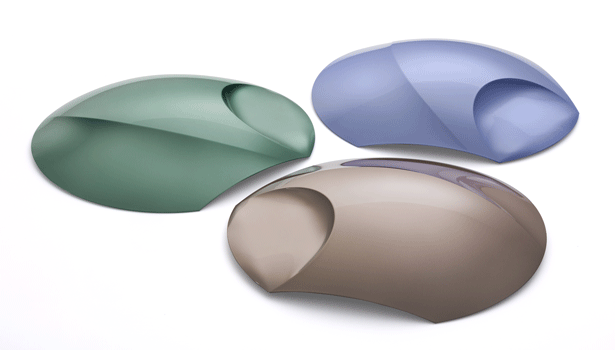
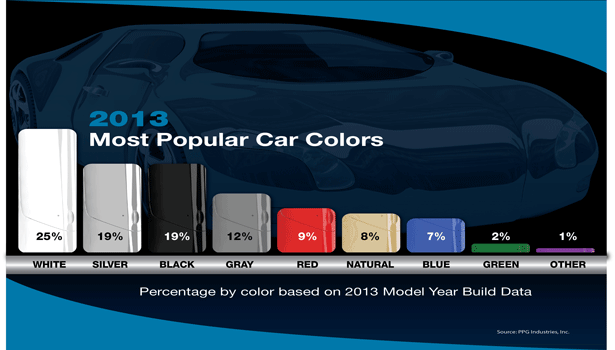
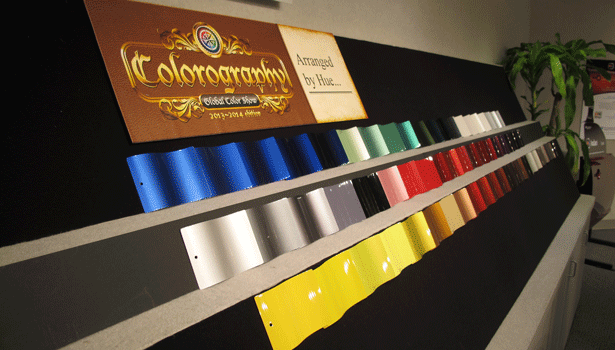
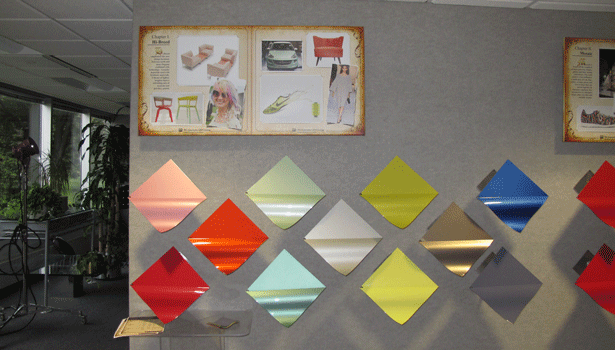
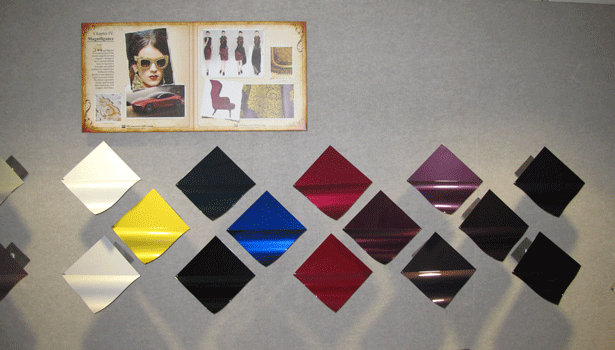
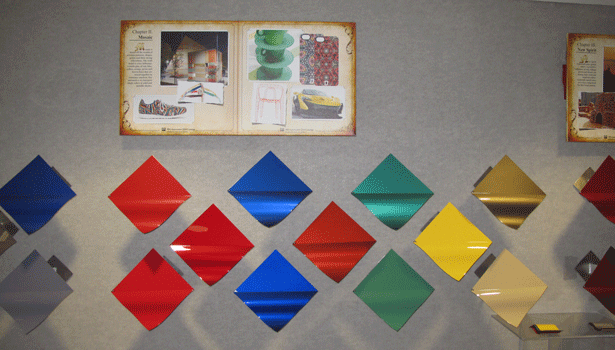
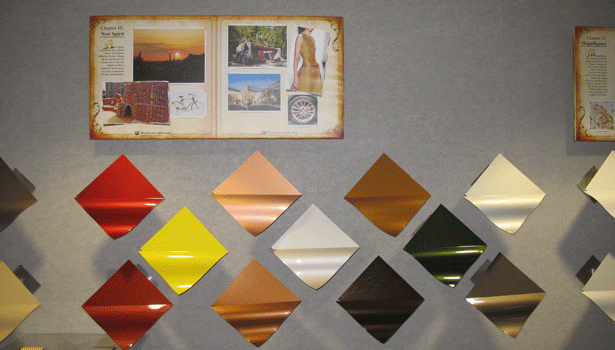
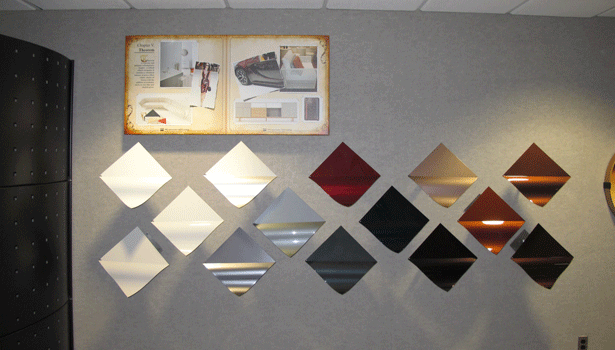


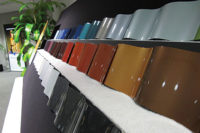
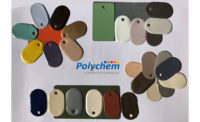
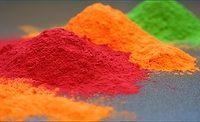
Report Abusive Comment